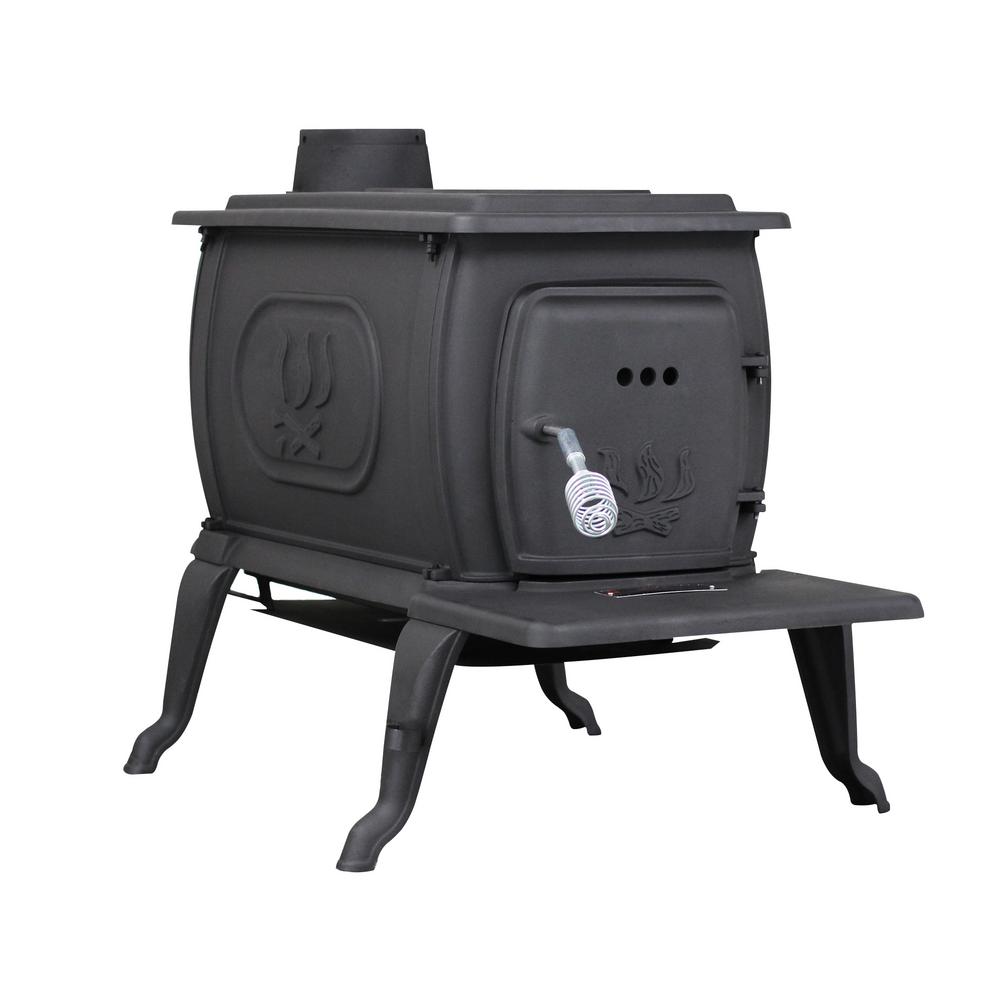Hutch Rebel Wood Stove Manual

Hutch rebel wood stove idea of house furniture. Who doesnot want to have their own house as soon as they go to up? But besides the house, the selection of furniture must afterward receive special attention. Ranging from colors to sure themes, furniture that decorates your home must maintain the beauty and comfort of your home. Not infrequently, besides buying it at the store, people along with create their own furniture.
There’s a romance attached to wood stoves that folks don’t feel for their gas or oil furnaces. Hutch's Chimney & Stove Service. Angelica, NY 14709. Just got back from my neighbors machine shop. I have never seen a stove like his Hutch Rebel. That thing can throw heat like nothing I've seen before. Its 33 degrees here today with some wind, basically just a raw damp day. His shop is 26x60. Half way across it was 80 degrees. 3 foot from the stove it was searing heat.
Especially because the designs they want are not sold upon the market. Are you along with a aficionado of charming furniture? If so, here will be myunioncity.org describing fascinating furniture ideas that are easily imitated! This hutch rebel wood stove is collected from various online sources on the internet, one of them is from hearth.com. This picture has 8 of size with 188 x 250 with title Anyone Else Own A Hutch Rebel Fireplace Insert Hearth. Chattel auctions coldwell banker king thompson pickerington ohio real estate listings homes for sale your pickerington ohio real estate resource center find mls listings condos and homes for sale in pickerington ohio, search titles only has image posted today bundle duplicates include nearby areas bend or bnd chico ca chc. That is some inspiration hutch rebel wood stove that can be given by myunioncity.org.

Hopefully it is useful for all readers. DISCLAIMER: This image is provided only for personal use.
 If you found any images copyrighted to yours, please contact us and we will remove it. We do not intend to display any copyright protected images.
If you found any images copyrighted to yours, please contact us and we will remove it. We do not intend to display any copyright protected images.
If there’s a wood stove in your life (or in your future) and you already have a masonry fireplace in your home, it’s likely that you have used (or wish to use) your fireplace’s chimney as the chimney for your wood stove or wood burning fireplace insert. Such a choice would seem both sensible and economical. However, any heating system works best when all its parts are designed – at the outset – to work together.
Just as a furnace operates best when the flue size of the chimney is carefully matched to furnace capacity, so a wood stove is safest and most efficient when attached to a chimney whose flue size most closely matches the flue collar outlet of the stove. While wood stoves can be successfully connected to fireplace flues (a flue is the inner section of a chimney and is designed to carry away smoke and other toxic products of combustion), certain standards must be met. Here’s a look at what they are and why they are important. There are two types of wood stoves that can be connected to fireplace flues: freestanding stoves and fireplace inserts.
Freestanding stoves can be connected to chimneys built especially for them. The chimneys may be of masonry construction or be a factory-built metal system that’s been designed, tested and listed for use with wood burning appliances. Freestanding stoves also can connect to an existing fireplace chimney, if the height and position of the stove’s flue collar permits it. When this type of installation is done, the stoves may be called hearth stoves. Fireplaces aren't designed to vent (or carry away combustion by-products from) wood stoves or wood burning inserts. They are a uniquely designed solid fuel burning system in their own right.
The fireplace system consists of the firebox, a damper (the mechanism that regulates air flowing up the chimney), a smoke chamber (the area between the damper and the flue) and a flue (a passageway inside the chimney through which the smoke rises). Together, they draw off the smoke and gases produced by burning wood. Durova obuchenie granite. How well the firebox, smoke chamber and flue are in correct proportion to each other determine the system’s performance. The applicable rule of thumb (which is included in many local codes) is that the area of the firebox opening should only be about 10 times larger than the area of the flue’s interior dimension – a 10:1 ratio. Fireplaces built according to this formula seldom smoke. Since fireplaces are largely decorative, rather than a serious heat source, that’s an important feature. Whenever a wood stove or insert is vented through a masonry fireplace system – even if the code requirements laid down in 1984 are followed – the ratios on which efficient operation of that masonry system initially was based may be changed.